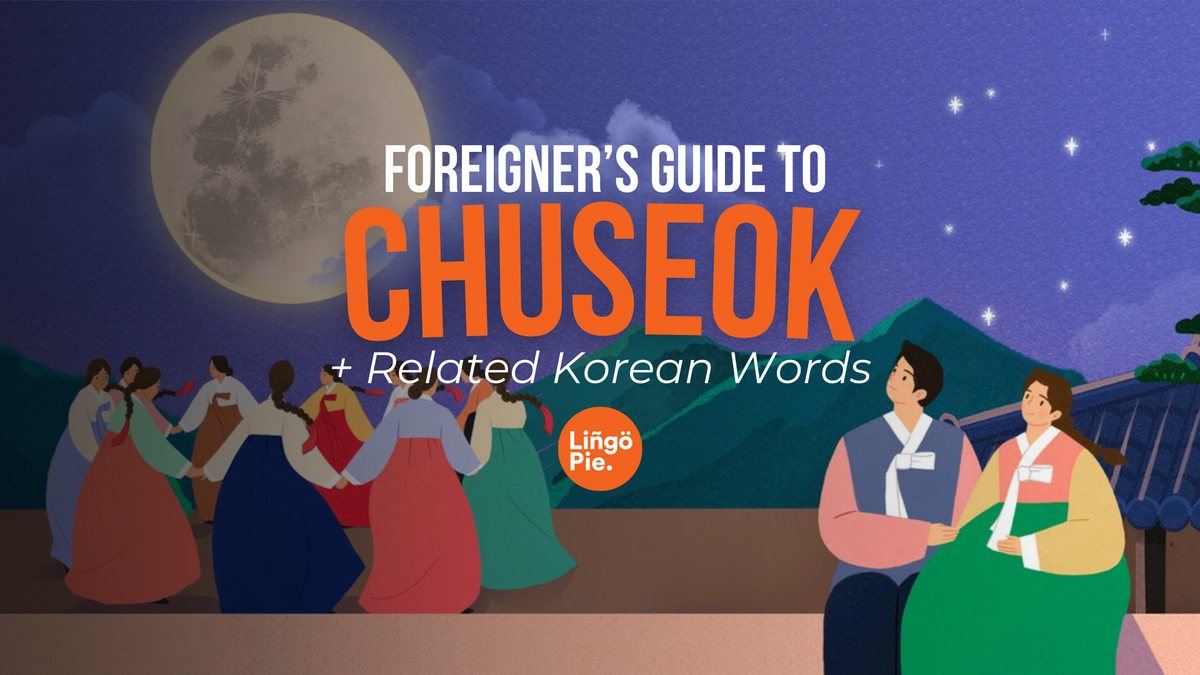Chuseok, known as Korean Thanksgiving, is one of Korea's most important holidays. Celebrated in the fall, it’s a time for family gatherings, honoring ancestors, and giving thanks for the harvest.
In this post, we’ll explore key Korean words related to Chuseok, offering a glimpse into the traditions that make this festival unique.

What Is Chuseok?
Chuseok, often called Korean Thanksgiving, is a major holiday in Korea celebrated on the 15th day of the 8th lunar month. It’s a time when families gather to honor their ancestors, give thanks for the harvest, and enjoy traditional foods.
With roots that stretch back over 2,000 years, Chuseok is deeply connected to Korea’s agricultural heritage, marking the end of the harvest season with rituals, feasts, and festivities that highlight the importance of family and community.
Why Is Chuseok Celebrated?
Chuseok is celebrated to honor ancestors, express gratitude for the year’s harvest, and strengthen family bonds. The holiday serves as a time for Koreans to remember and pay respects to their ancestors through rituals like 차례 (Charye), an ancestral memorial rite, and 성묘 (Seongmyo), visiting and tending to ancestral graves.
Historically, Chuseok marked the end of the harvest season, and people celebrated the abundance of crops with family feasts, sharing the fruits of their labor. This tradition of giving thanks for the harvest and reconnecting with family remains central to Chuseok celebrations today.
When Is Chuseok Celebrated?
Chuseok is celebrated on the 15th day of the 8th month of the lunar calendar, which usually falls in September or early October on the Gregorian calendar. The holiday typically lasts for three days, including the day before and the day after Chuseok.
The exact dates change each year due to the lunar calendar, but it always aligns with the full harvest moon, symbolizing abundance and prosperity.
Brief History Of Chuseok
Chuseok, one of Korea's most significant holidays, has roots that trace back over 2,000 years to ancient agricultural practices.
Originally called "Hangawi," meaning "the great middle of autumn," Chuseok was a time to celebrate the harvest and give thanks for the year’s bounty. The holiday likely originated as a form of communal harvest festival, where villages would come together to share food, honor their ancestors, and enjoy traditional games and activities.
Over time, Chuseok evolved into a major cultural event, blending ancient rituals with family-centered traditions that continue to be observed across Korea today.
Read Also:
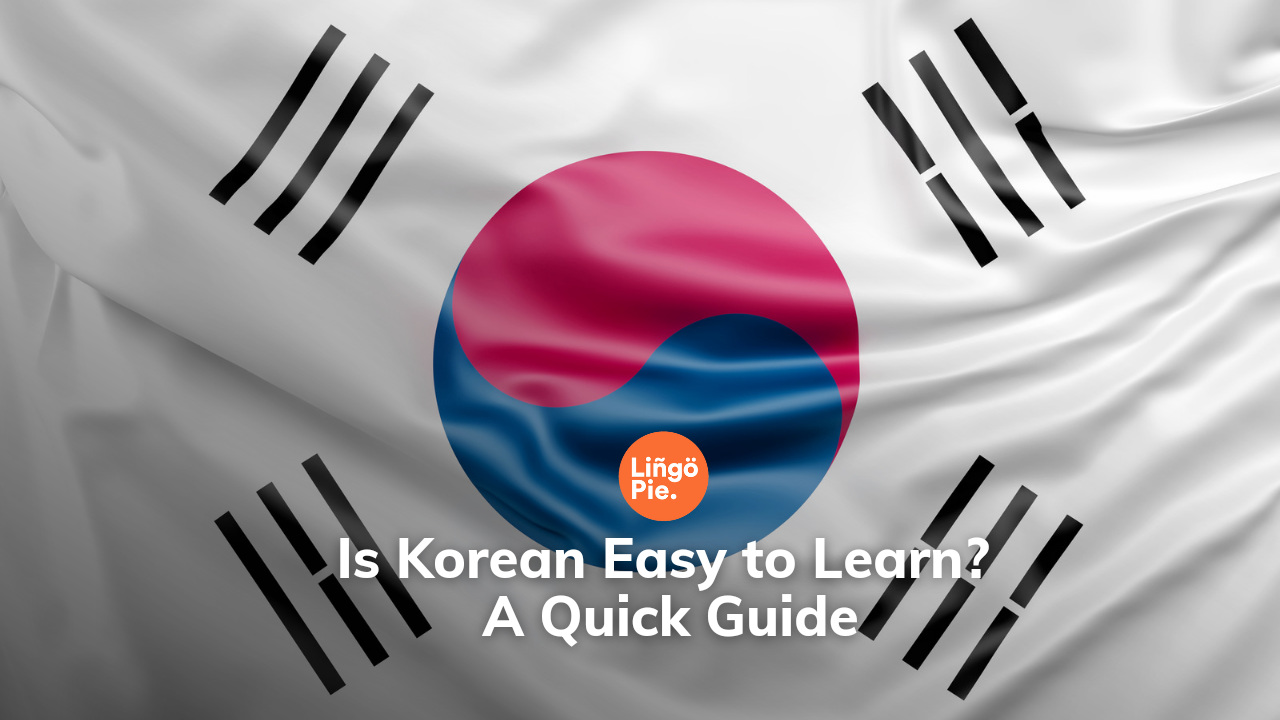

How Is Chuseok Celebrated?
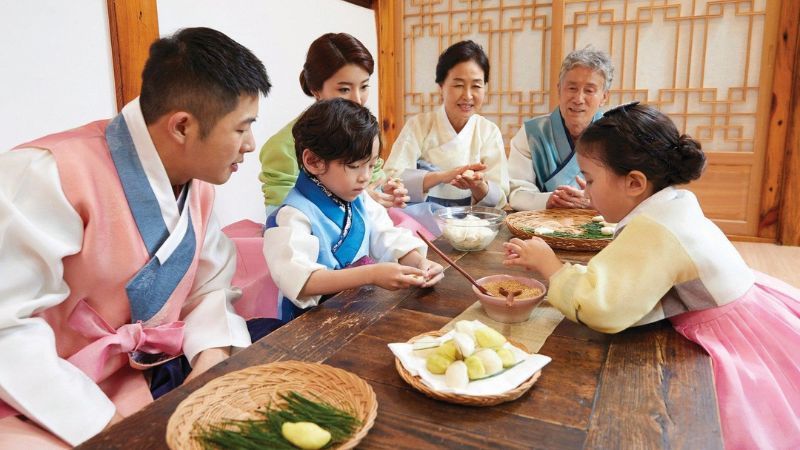
Chuseok is celebrated with a mix of traditional rituals, family gatherings, and festive activities:
1. Ancestral Rites (차례, Charye)
Families perform ancestral rites to honor their forebears. These rituals involve setting up a ceremonial table with offerings of food, which are presented to ancestors to express gratitude and seek blessings.
2. Visiting Ancestral Graves (성묘, Seongmyo)
Families visit and clean the graves of their ancestors, paying respects and maintaining the gravesites as a sign of reverence.
3. Traditional Foods
Special dishes are prepared and enjoyed, including 송편 (Songpyeon), a type of rice cake filled with sweet or savory ingredients. Other traditional foods might include 잡채 (Japchae), 불고기 (Bulgogi), and 김치 (Kimchi).
4. Wearing Hanbok (한복)
Many people dress in traditional Korean clothing, known as hanbok, during the celebrations to honor the holiday's cultural significance.
5. Festive Activities
Families engage in traditional games and activities, such as 윷놀이 (Yutnori), a board game, and 제기차기 (Jegichagi), a game where players kick a small object into the air.
6. Family Gatherings
The holiday is a time for family reunions, where people travel from afar to be with loved ones, share meals, and celebrate together.
What Are Local Chuseok Foods?
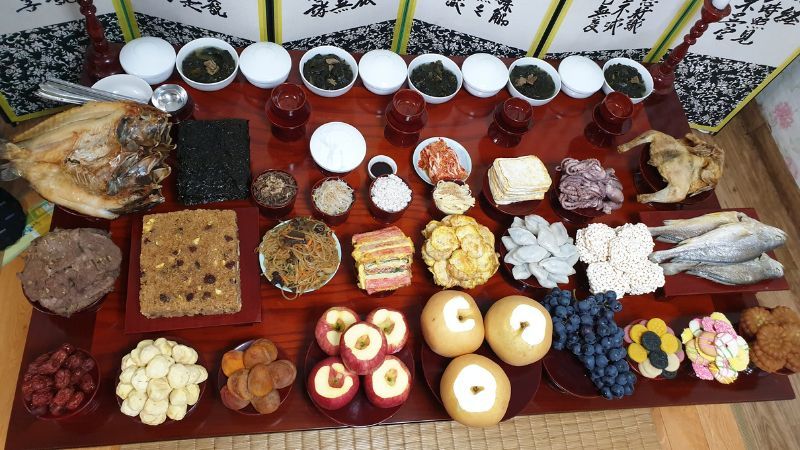
Chuseok is known for its array of traditional Korean foods, which are prepared and enjoyed during the holiday:
- 송편 (Songpyeon): These are traditional rice cakes made from glutinous rice flour and often filled with sweet fillings like sesame seeds, red bean paste, or chestnuts. They are steamed over pine needles, giving them a distinct aroma.
- 잡채 (Japchae): A savory dish made from stir-fried glass noodles mixed with vegetables, meat (usually beef), and a flavorful soy sauce-based seasoning.
- 불고기 (Bulgogi): Marinated and grilled beef, often served with vegetables and a sweet-savory sauce made from soy sauce, sugar, garlic, and sesame oil.
- 김치 (Kimchi): A staple Korean side dish of fermented vegetables, usually cabbage or radishes, seasoned with chili pepper, garlic, ginger, and other spices.
- 전 (Jeon): Korean pancakes made from a variety of ingredients such as vegetables, seafood, or meat, mixed into a batter and pan-fried until crispy.
- 갈비 (Galbi): Grilled beef short ribs marinated in a sweet and savory sauce, often served as part of a festive meal.
- 한과 (Hangwa): Traditional Korean sweets made from ingredients like rice flour, honey, and fruit, often enjoyed during special occasions. Examples include 유과 (Yugwa), fried rice cakes coated in honey, and 엿 (Yeot), a type of sweet taffy.
Korean Words For Chuseok
Here's a table of Korean words related to Chuseok:
| Korean Word | Romanization | Meaning |
|---|---|---|
| 추석 | Chuseok | Chuseok (Korean Thanksgiving) |
| 차례 | Charye | Ancestral rites |
| 성묘 | Seongmyo | Visiting and maintaining ancestral graves |
| 송편 | Songpyeon | Traditional rice cakes |
| 한복 | Hanbok | Traditional Korean clothing |
| 귀성 | Gwiseong | Returning to one's hometown |
| 윷놀이 | Yutnori | Traditional board game |
| 제기차기 | Jegichagi | Traditional kicking game |
| 갈비 | Galbi | Grilled beef short ribs |
| 전 | Jeon | Korean pancakes |
Read Also:


Tips For Attending Chuseok As A Foreigner
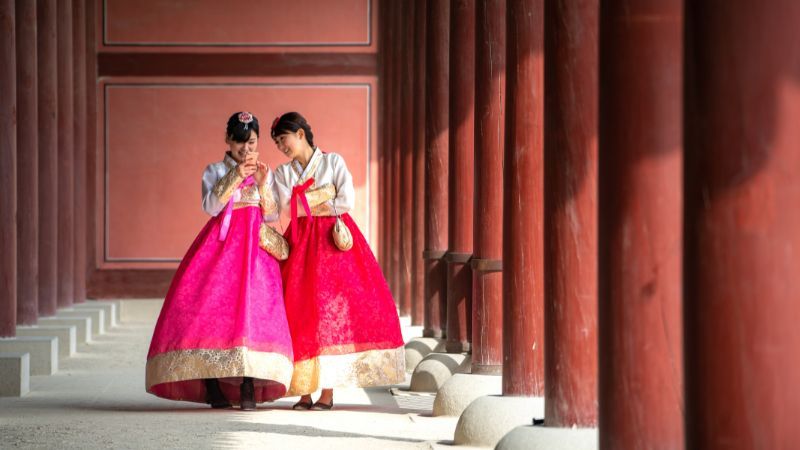
1. Learn Basic Chuseok Vocabulary:
Familiarize yourself with key terms such as 추석 (Chuseok), 차례 (Charye), and 송편 (Songpyeon). This shows respect for the holiday and helps you participate more meaningfully.
2. Respect Traditions:
Observe and follow traditional customs, such as 차례 (Charye), if invited to join. Respect the rituals and avoid interrupting the ceremony.
3. Dress Appropriately:
If attending a formal celebration, consider wearing 한복 (Hanbok) or formal attire. Dressing appropriately shows respect for the occasion and the hosts.
4. Be Mindful of Ancestral Rites:
During 차례 (Charye), understand that this is a solemn and important ritual. Follow the host’s lead and avoid taking photos or making loud noises.
5. Try the Food:
Taste traditional Chuseok foods such as 송편 (Songpyeon) and 잡채 (Japchae). Show appreciation for the effort that goes into preparing these dishes.
6. Participate in Games:
If invited, join in traditional games like 윷놀이 (Yutnori) or 제기차기 (Jegichagi). These activities are a fun way to engage with the holiday’s cultural aspects.
7. Understand the Significance:
Recognize that Chuseok is a time for family reunions and honoring ancestors. Be sensitive to the importance of these traditions and the emotions they evoke.
8. Be Gracious and Polite:
Show gratitude for the invitation and hospitality. Thank your hosts and express your enjoyment of the festivities.
9. Give a Small Gift:
If appropriate, consider bringing a small gift or token of appreciation for your hosts. This gesture is often appreciated and reflects good manners.
10. Ask Questions:
Don’t hesitate to ask your hosts about the customs and traditions. This shows genuine interest and helps you understand the cultural significance of the holiday.
Final Words
Attending Chuseok as a foreigner offers a unique opportunity to experience Korean culture and traditions firsthand. By respecting the customs, learning key vocabulary, and participating in the festivities, you can enrich your understanding of this significant holiday. Your enthusiasm and respect will make the celebration more meaningful and memorable for both you and your Korean friends.
Learn Korean by Watching K-Drama through Lingopie!
Who says learning Korean can’t be fun? Grab your favorite snacks and binge-watch Korean dramas and movies to learn Korean.
That's the mission of Lingopie, making language learning fun and immersive!
Lingopie makes learning a new language fun and effective by using real TV shows, movies, and documentaries. It offers interactive subtitles, so you can click on any word to get an instant translation and pronunciation. If this sounds fun to you, download Lingopie from the App Store or Play Store now and get a FREE 7-day trial!
Frequently Asked Questions About Chuseok
1. What is Chuseok holiday in South Korea?
Chuseok is a major Korean holiday celebrated in South Korea to honor ancestors, give thanks for the harvest, and enjoy time with family. It’s known for its traditional rituals, special foods, and festive activities.
2. Is Chuseok like Thanksgiving?
Yes, Chuseok is similar to Thanksgiving in that it’s a time for family gatherings, giving thanks for the harvest, and celebrating with special foods. However, it also includes unique Korean customs and rituals.
3. What do you eat on Chuseok day?
On Chuseok, people eat traditional Korean foods such as 송편 (Songpyeon) (rice cakes), 잡채 (Japchae) (stir-fried noodles), 불고기 (Bulgogi) (grilled beef), and 전 (Jeon) (pancakes). These dishes are part of the festive meals enjoyed during the holiday.
4. Why is Chuseok in September?
Chuseok falls on the 15th day of the 8th month of the lunar calendar, which usually places it in September or early October. This timing aligns with the full harvest moon, marking the end of the harvest season and celebrating the abundance of crops.


